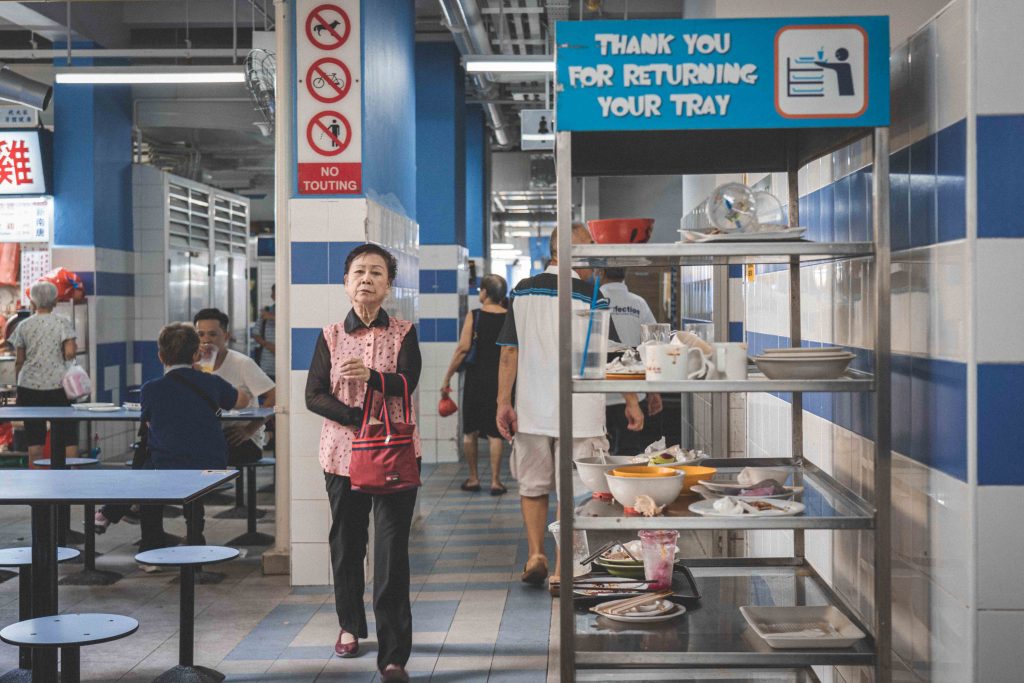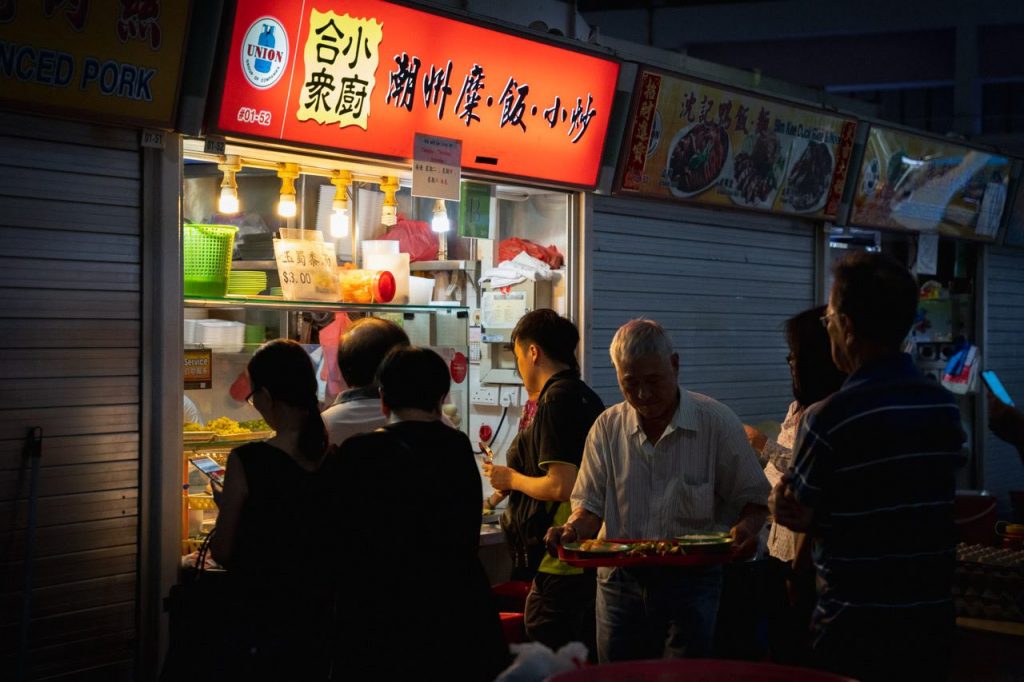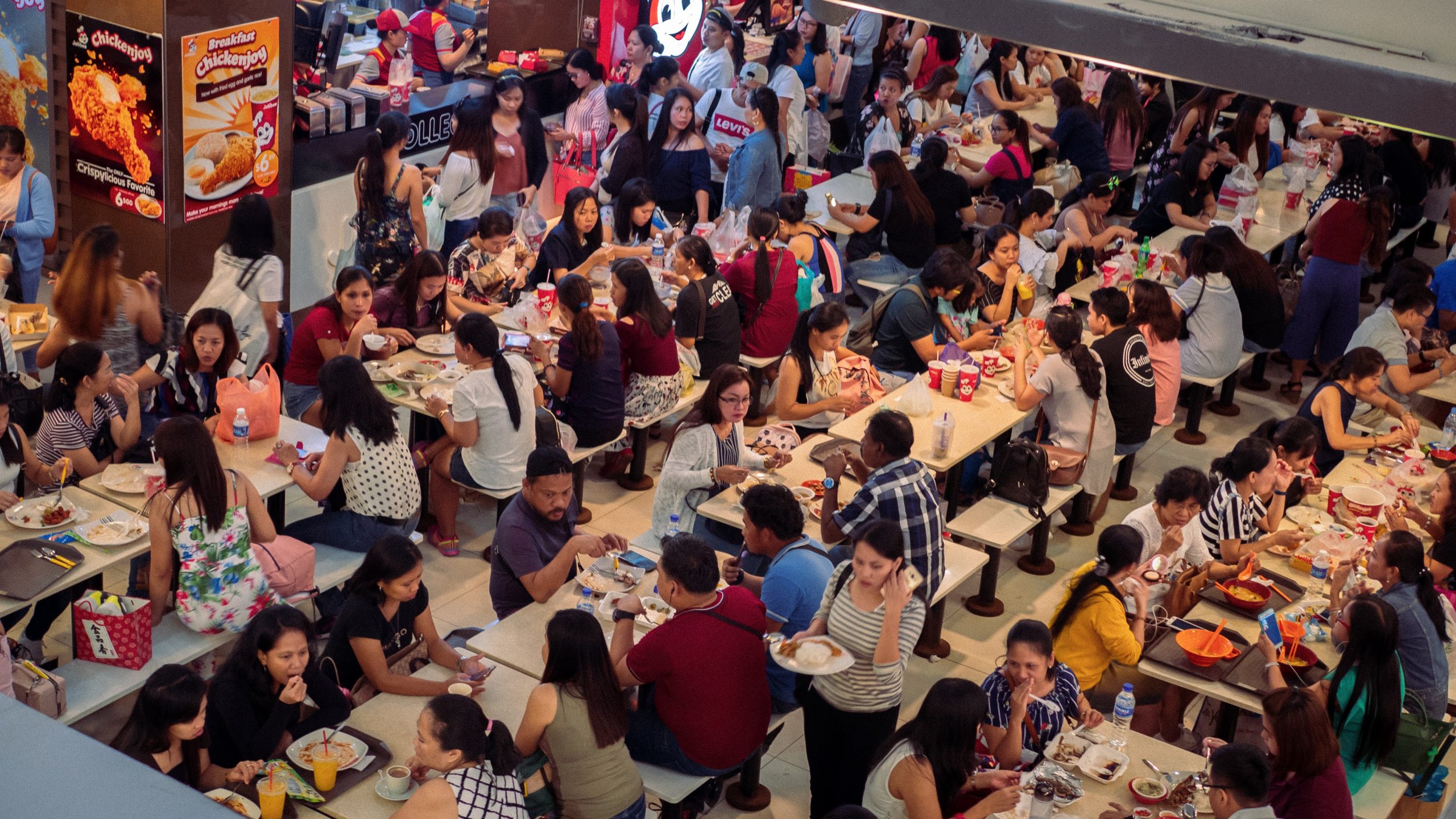Top Image: Zachary Tang / RICE File Photo
If you like no-frills affordable kopi, maybe it’s time to move to Queenstown. After all, it’s where the cheapest Kopi O goes for the average cost of $1.01. According to the recent Makan Index 2.0 survey conducted by the Institute of Policy Studies (IPS) anyway.
The Makan Index was originally developed to investigate regional differences in the cost of living based on the cost of eating out—essentially the prices of food and drinks at coffee shops, food courts and hawker centres. In the most recent edition, however, the researchers upped their game.
ADVERTISEMENT
They held two rounds of data collection: One between mid-September to early-November in 2022, and another between mid-January and early February this year. By comparing their findings, they intended to find out if their food prices got impacted because of the GST increase that took effect at the beginning of 2023.
The results are surprising. The study found that most stalls have not increased their prices since the GST hike. For example, only 11 out of the 30 stalls offering fishball noodles that researchers revisited in 2023 revised their prices.
What’s with the gap between what was found and what’s on the ground?
We’re Looking in the Wrong Places
Here’s the thing: researchers were only able to revisit a total of 50 establishments out of the 263 stalls that could provide usable data. They couldn’t acquire more data because of time and manpower constraints, as well as the fact that some of the stalls they visited the first time closed down or changed ownership.
The closure of the businesses that the researchers intended to revisit was described to be a limitation of the study. I posit the opposite. Wouldn’t the investigation into the stalls that closed be more illuminating than observing the stalls that remain open?
I put forth the concept of survivorship bias. It happens when researchers focus on the cases that survived instead of those that didn’t.
The bias is often explained in conjunction with the example of the WWII planes. The American military, wanting to strengthen the planes that they sent out for missions, decided to put armour on the parts they identified to be the most damaged on the planes that made it back.
But this logic is flawed. A popular story involves mathematician Abraham Wald a mathematician realising that the areas that should have been reinforced were the areas observed to be the least damaged. Why? The planes that were hit in those areas were the ones that did not make it back.
It’s possible to apply survivorship bias in this study. It’s true that out of the stalls that remained open, most did not increase their prices. What if that means that the stalls shuttered or changed ownership because they had to increase their prices?
In the few months between the data collection periods, maybe the stalls lost too many customers and were forced to shut down for good. Understandably, it’s an unverified possibility—and studies can’t rely on conjecture.
Speculation or not, you can’t deny that Singaporeans find it hard to accept that many stall owners did not increase prices.
The study is accurate, and so are the observations on the ground. But sometimes the cold numbers and research paint an incomplete picture of what people are actually experiencing.

Rise of the Keyboard Warriors
Many would have just skimmed over the full Makan Index 2.0 report instead of reading every single line. Media headlines highlighting that stalls didn’t raise prices, however, are just salting the wound of Singaporeans who’ve been battling inflation and rising cost of living for the past few years. The statements paint a glaring contrast with their daily lived experience.
ADVERTISEMENT
With pitchforks raised, they took to Facebook and Instagram comment sections. They declared that it was simply a propaganda campaign to convince the masses that life in Singapore was still affordable.
And due to repeated warnings that Singaporeans should brace themselves for relatively higher inflation, who can blame them?
Still, it needs to be said that the researchers acknowledged the survey’s limitations. They didn’t consider food quality or food portions, which Singaporeans argue have shrunk even if prices did not increase. The period selected for data collection, first conducted in September to November 2022 and then again between January and February 2023, was also intended to investigate the price increases in the couple of months over the new year—not the whole course of the pandemic.
They only investigated the prices of 18 food items, a subset of the many other food options that food courts, kopitiams and hawker centres offer. The study was essentially studying the most basic cost of living.
The cost to survive, not thrive. So it can’t be said that it will accurately reflect an actual person’s daily food expenditure. Not everyone eats out regularly; not everyone visits these food establishments.
But with how indignant some of the responses to the survey seemed, it seems like the reality painted by the survey differs far too much from what we can actually see.

What Determines a Small Margin?
The researchers found that most of the 263 food stalls at the 50 food establishments that were revisited did not increase the prices of the food items they sold.
Out of the 18 food items that they investigated, they found statistically significant increases in the prices of 13 food items. Significance, in the context of research, does not refer to its absolute value, but instead means that the increase is real, and not attributed to random chance.
So! Singaporeans are right. There has been an increase. What, then, is all the fuss about?
What they’re upset about is this bit:
“…it was evident that most stall owners in the food establishments that researchers revisited did not increase the prices of the food items they sold.”
The survey found that the “majority of stall owners who did increase their prices only did so by a small margin.” This small margin refers to an average increase of less than $0.30, and not more than $0.10 for most food items.
An increase that seems negligible to some is an increase nonetheless.
The food item that had the highest relative increase was Iced Milo, which had an average increase of $0.12, a 7 percent increase. It was followed by the breakfast set, which had a hike in price by $0.21, a 6.8 percent increase. For Singaporeans who have had to continually tighten their purse strings for the past few years, can this really be considered small?
And the increase was marked over the course of only five months. What’s more to say in the coming years?

It’s Not About the Details
But I believe that the true discourse isn’t about the numbers to the decimal, or the accuracy of the survey down to its choice of words employed.
Nitty gritty details over research limitations aside, what people are truly unhappy about is its optics and perceived narrative—that things are still affordable in Singapore.
The survey was meant to be fun and lighthearted. At best, it would have started another inter-neighbourhood rivalry.
The survey did nothing wrong; it was simply at the wrong place at the wrong time. It became the punching bag of Singaporeans who have had it up to here with conversations about an unstable economy and rising cost of living.
They don’t need a study to remind them. They see it every day in the closed shop shutters and the slow uptick of prices of food, groceries, rent and other necessities, decimal by decimal.
Even the smallest insinuation that their lived experience is not as bad as they believe it to be would trigger a tsunami of backlash. Within the undercurrent of the wave lies years of financial frustration, stress and worry.
The conclusion of the study echoes this grim sentiment.
“…the cost of eating out in Singapore is likely to continue to rise relative to individual and household incomes in the future. The hope is that real wages will increase at similar rates; if not, individuals and households will face higher food costs.”
Food courts, kopitiams and hawker centres may no longer be the cheaper option in the coming years. Even if they do remain an inexpensive option relative to eating elsewhere, the fact is no comfort to Singaporeans. Cheaper food doesn’t mean affordable food, after all.





